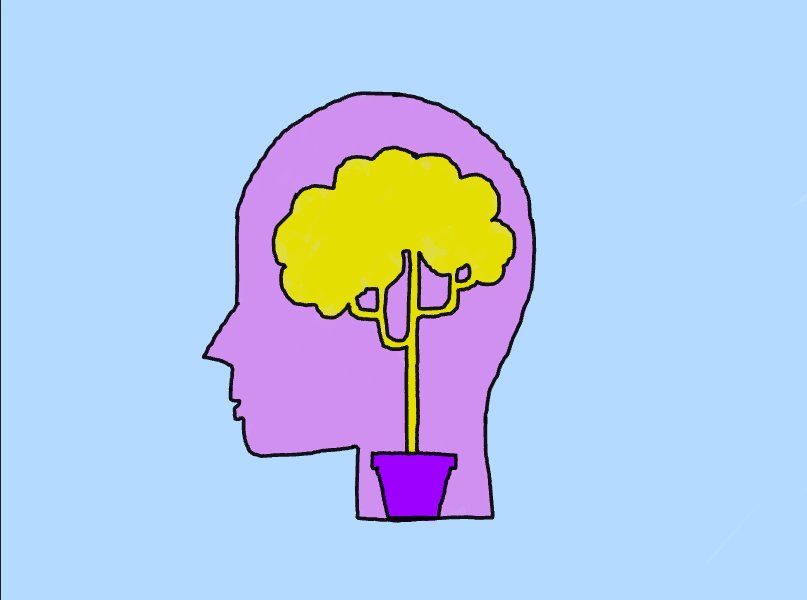Mindsets and Movements: an introduction
In spite of society’s constant pessimism, incredible progress was achieved in the past few decades and it will be again.
September 28, 2021
“I have a new mantra,” I explained to my friend as we walked out of A period US Government in the first week of school. “At the beginning of the school year, I always tell myself that I have to start off on the right foot. But this year, I decided that I’m just easing into things so when I make a mistake, it’s okay! I’m still getting adjusted.” My friend looked at me for a few seconds, took a deep breath and said, “it’s too early in the morning for your growth mindset BS.”
Before you think I’m a total nerd, I respond like all the other students when teachers bring up growth mindsets in class. I roll my eyes at the cheesiness and wonder if staff development days consist of brainstorming Stephen Curry metaphors. But that morning, when I realized I left my English assignment at home, I was suddenly very interested in theories about mistakes not defining you.
Despite my knee-jerk cynicism, deep down I do believe that change is possible. I don’t just mean in terms of personal responsibility (though as of writing this, I haven’t forgotten my English homework again). I’m most interested in learning about how to create external change in minds, systems, communities, cultures. And I want to explore my place in social justice, to dissect how individual mindsets impact movements.
People have created change before, we know this to be true. History classes are filled with successful movements and inspiring underdog stories. But when people discuss the future, they’re fixated on what will happen if “current trends continue.” I’m surrounded by pessimism every day, so I hope to find changemakers, understand why they were effective and pick out what aspiring activists can learn from past accomplishments. And hopefully, in the process, I’ll be able to change my own mindset. And remember my homework.



